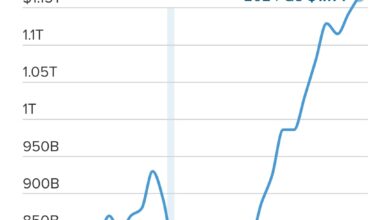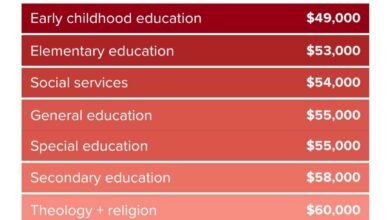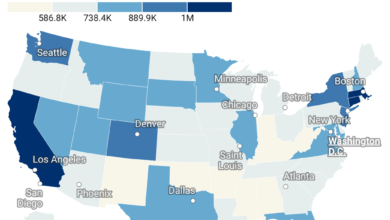Housing Market Confronts 7% Mortgage Rates Once More—Here’s What’s Really Happening

The Fed lowered interest rates, so why are mortgage rates in the housing market rising again?
Between April 25 and September 11, the average 30-year fixed mortgage rate fell from its calendar-year high of 7.52% to a low of 6.11% after some weaker-than-expected jobs reports triggered recession indicators, including the “Sahm Rule.“
On September 18, following weaker employment data, the Federal Reserve announced a half point cut to its short-term interest rate, initiating a cycle of rate reductions.
In the weeks that followed, many analysts adjusted their long-term yield expectations downward, including projections for housing market mortgage rates. Fannie Mae updated its forecast for the average 30-year fixed mortgage rate to 6% for Q4 2024, while Wells Fargo projected it would reach 6.3% during the same period.

Today, the average rate for a 30-year fixed mortgage, as tracked by Mortgage News Daily, has climbed back up to 7%. This increase reflects more than just the Federal Reserve’s policies; while the Fed doesn’t directly set long-term rates like mortgage rates, financial markets respond to expectations about economic trends, including labor market shifts, inflation, and Fed policy directions.
From a low of 3.4% in April 2023, the U.S. unemployment rate rose to 4.3% by July 2024 but has since dropped back to 4.1% as of September. This dip has eased fears of an immediate recession, leading some investors to shift away from buying treasuries and mortgage-backed securities, which they had been using as “recession insurance.”
If the unemployment rate starts rising and economic indicators weaken rapidly, mortgage rates will likely decrease more substantially. On the other hand, if unemployment stays low and inflation remains above the Federal Reserve’s 2% target, mortgage rates may stay elevated for a longer period.
Another important consideration is the financial markets’ focus on future fiscal policy directions, particularly looking ahead to 2025. Currently, the U.S. has a divided government, with Democrats holding the White House and the Senate, and Republicans in control of the House. If either party were to gain full control, it could lead to increased fiscal spending or higher deficits, depending on their policy approach—especially if leaders like Donald Trump or Kamala Harris were to push forward some of their more inflationary proposals.
As election results become clearer next week, it will be useful to monitor the 10-year Treasury yield, which often moves in the same direction as mortgage rates. This could provide insights into how financial markets are interpreting the election outcomes and their potential impact on fiscal policy.




